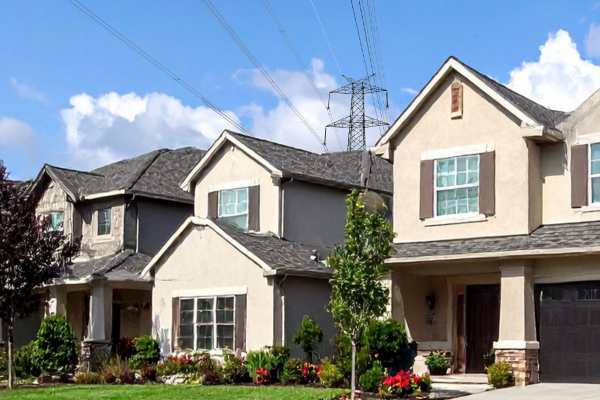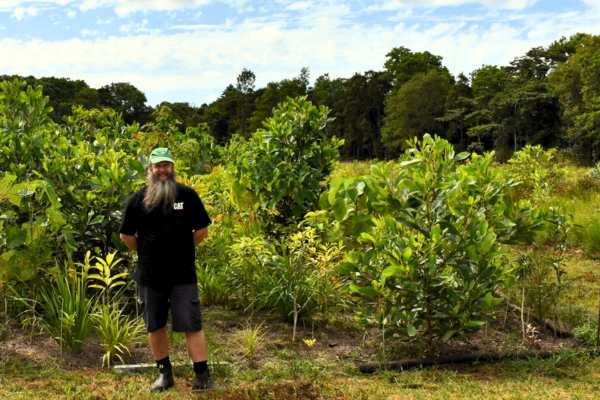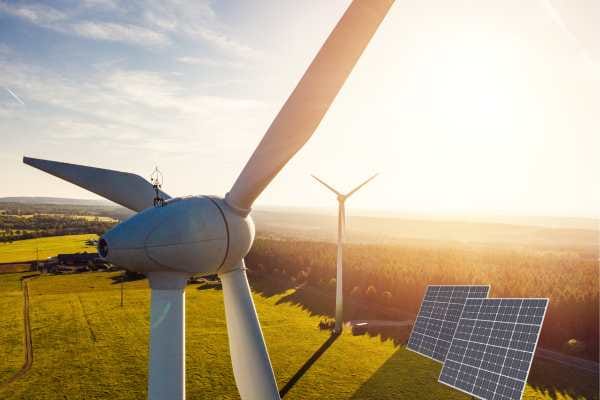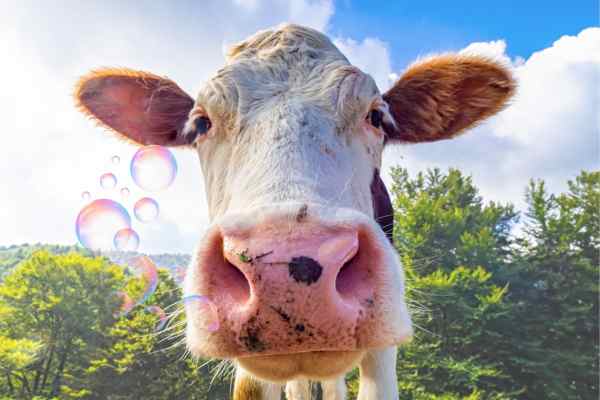Hydrogen planes head skywards
Australia-made aircraft are headed to Europe as hydrogen-electric propulsion systems prepare for takeoff.
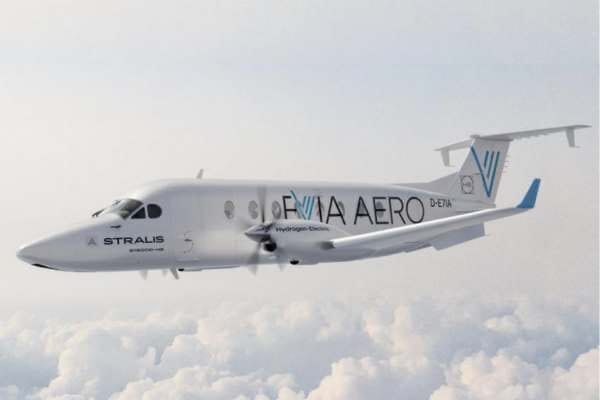
Brisbane-based startup Stralis Aircraft has been named launch partner for a zero-emission commercial aircraft initiative in Europe.
German airline Evia Aero signed an agreement with Stralis last month to purchase six of its Beech 1900D-HE hydrogen-electric aircraft, with options for ten more down the track.
The planes will be retrofitted with hydrogen-electric propulsion Stralis systems that integrate fuel cells, liquid hydrogen tanks, and electric motors. They are designed to carry up to 15 passengers passengers for distances of up to 800 km.
With the fleet, Evia Aero says it intends to connect European business destinations with smaller cities across key regions including the Mediterranean, North and Baltic Seas, and the Alps.
“Our agreement with Stralis Aircraft ensures we are first on the list in Europe to receive these aircraft and are positioning Europe as a leading destination for sustainable aviation innovation,” Evia Aero chief executive Florian Kruse said.
As well as helping airlines to decarbonise, Stralis says the deployment of zero-emission green hydrogen-powered aircraft could lower running costs due to savings on engine maintenance and fuel.
"Our agreement with Stralis Aircraft ensures we are first on the list in Europe to receive these aircraft and are positioning Europe as a leading destination for sustainable aviation innovation."
The Brisbane startup partnered with CQ University to develop the hydrogen-electric aircraft with the aim of manufacturing the systems and aircraft in Queensland.
The aviation industry accounted for 2.5% of global energy-related CO2 emissions in 2023, according to the International Energy Agency (IEA). But the path to reducing emissions is expected to be tougher for airlines, with other industries better able to switch to alternative energy sources such as battery power without compromising performance.
Wing rethink
Design approaches to improve aircraft efficiency are emerging as another area of potential breakthrough. US aerospace start‑up JetZero is developing a fuel‑efficient blended‑wing‑body aircraft (pictured below) that it says could halve the fuel consumption of traditional tube‑and‑wing planes while improving range and passenger experience.
United, Delta and Alaska Airlines have all recently announced partnerships with the start‑up, and a full‑scale demonstrator is expected to make its first flight in 2027.
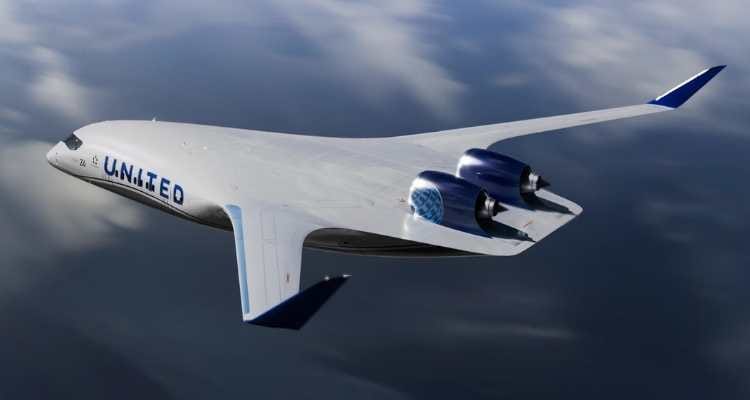
But not all recent aerospace partnerships have borne fruit. In April, Boeing paused development of its experimental X-66 sustainable flight demonstrator, created in collaboration with NASA.
The design featured an ultra-long, thin wing supported by diagonal struts. In a recent statement, NASA said it would shift its focus away from bracing and instead prioritise thin-wing technology across multiple aircraft configurations in an “updated approach” to the demonstrator project.
Fuel for thought
An alternative route to cutting aviation emissions is the development of a sustainable aviation fuel (SAF) supply, which by some estimates could lower greenhouse gas emissions by about 60-80% depending on feedstock and processes compared with conventional jet fuel.
While one of the major benefits cited by SAF advocates is that its physical and chemical characteristics are almost identical to conventional kerosene jet fuel, SAF still releases CO₂ into the atmosphere, and critics say with the current limited supply and high cost, expanded production may come at the expense of food security and responsible land use.
Australia imports the vast majority of its jet fuel but some recent local initiatives are aiming to establish SAF production as a domestic industry while addressing some of the biggest concerns around its production. Here are three recent initiatives:
Jet Zero fuel study
In Queensland, Jet Zero Australia is progressing with a $36.8 million engineering study, supported by $9 million from the Australian Renewable Energy Agency (ARENA), to build a commercial-scale alcohol-to-jet fuel facility in Townsville. This plant aims to produce around 100 million litres of SAF annually using bioethanol derived from agricultural byproducts. The project has been backed by the government as well as industry players including Qantas and Airbus, with the aim of cutting domestic aviation emissions by up to 70 per cent.
Biomass oil project
CSIRO scientists have been working on a Biomass Oil Project in partnership with agricultural innovator Nufarm. They say their new technology enables oil production from non-edible parts of plants – such as stems and leaves from canola – by modifying plants to produce oil beyond their seeds and fruits. Unlike traditional biofuels that rely on food crops, they say this innovation avoids land-use conflicts and negative impact on food security.
Second life for Canola
Australian-owned fuel company Ampol is working with GrainCorp, and industry super fund IFM Investors on a plan to refine canola oil in Australia for use as SAF without sacrificing its value as a food source. Canola meal, they say, could still be extracted for livestock feed while the oil is processed into SAF, and this is now the subject of a feasibility study.
Sustainable Aviation Fuel (SAF) is a liquid hydrocarbon that can be created from a range of sustainable sources including e-fuel from captured carbon, bio-based feedstocks (cooking oil or plant fats), or alcohol (ethanol or isobutanol) made from fermented biomass. Hydrogen, on the other hand, is a gas that requires special storage and handling. It is typically used in fuel cells or specialised hydrogen combustion engines.


